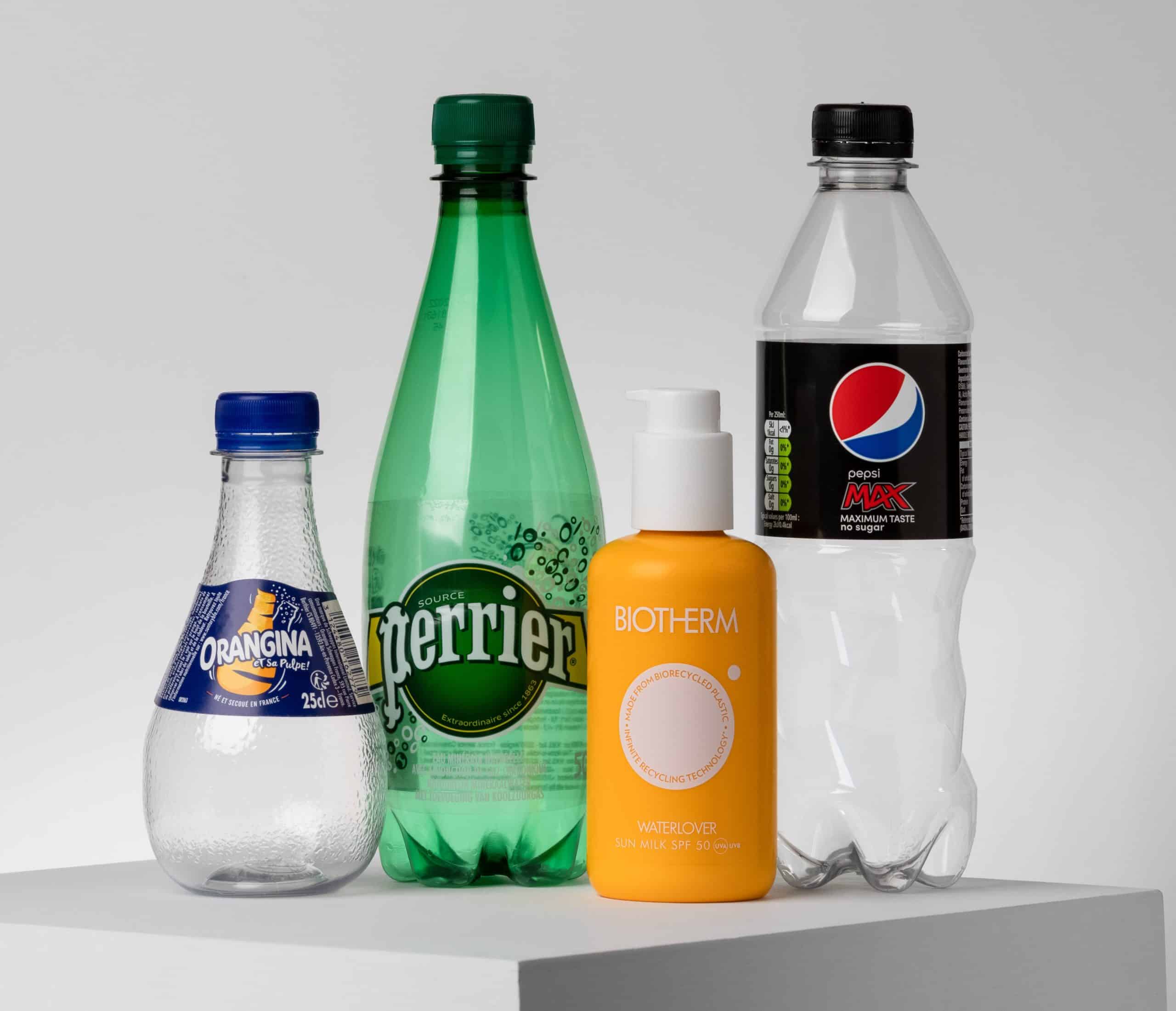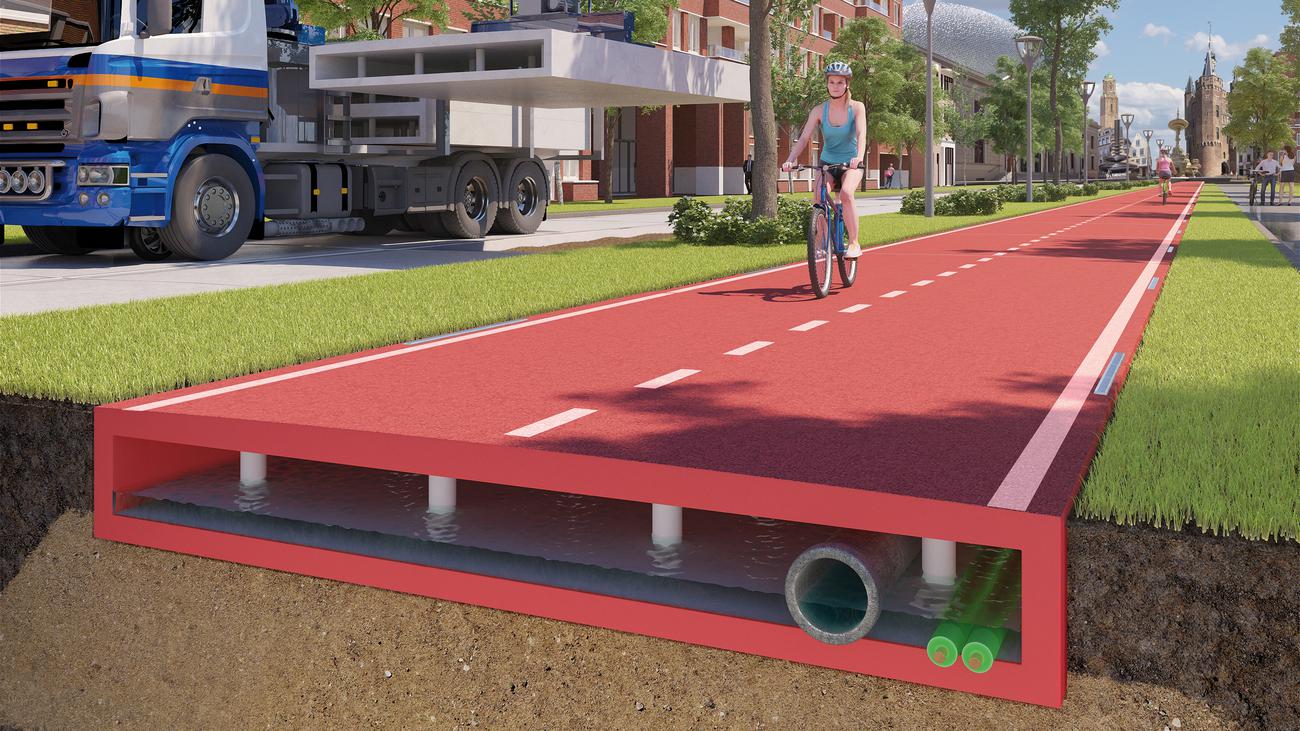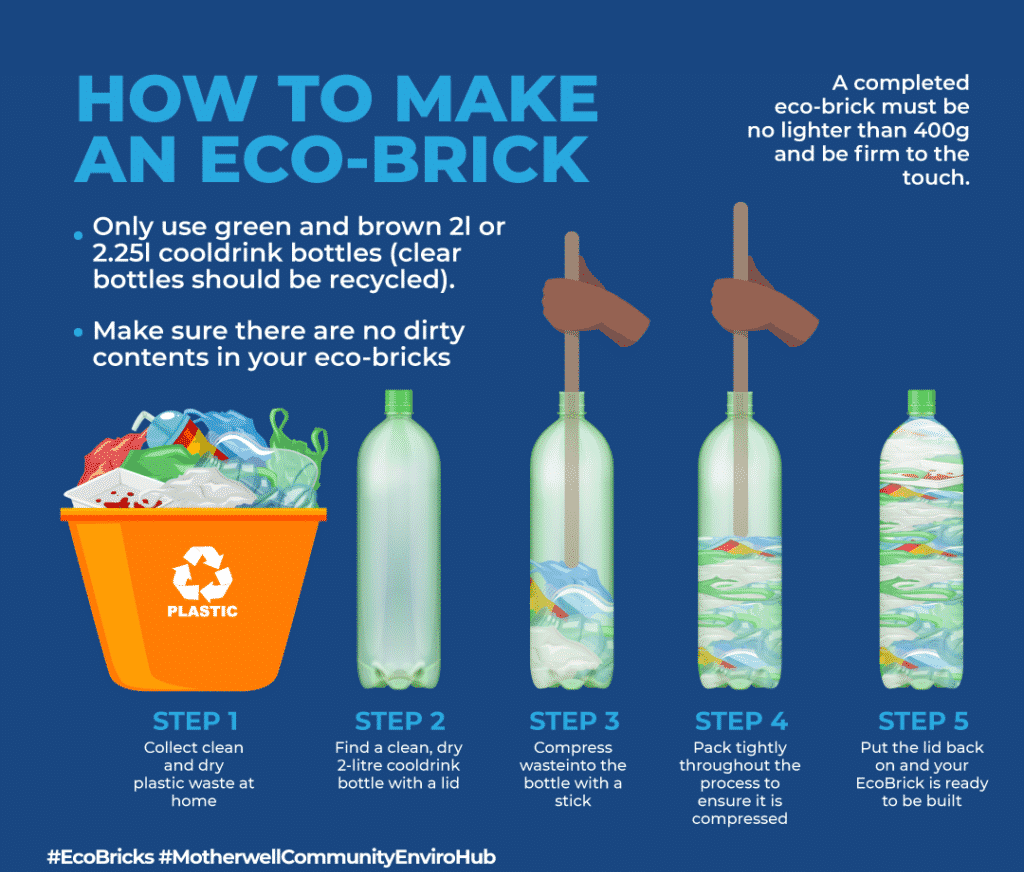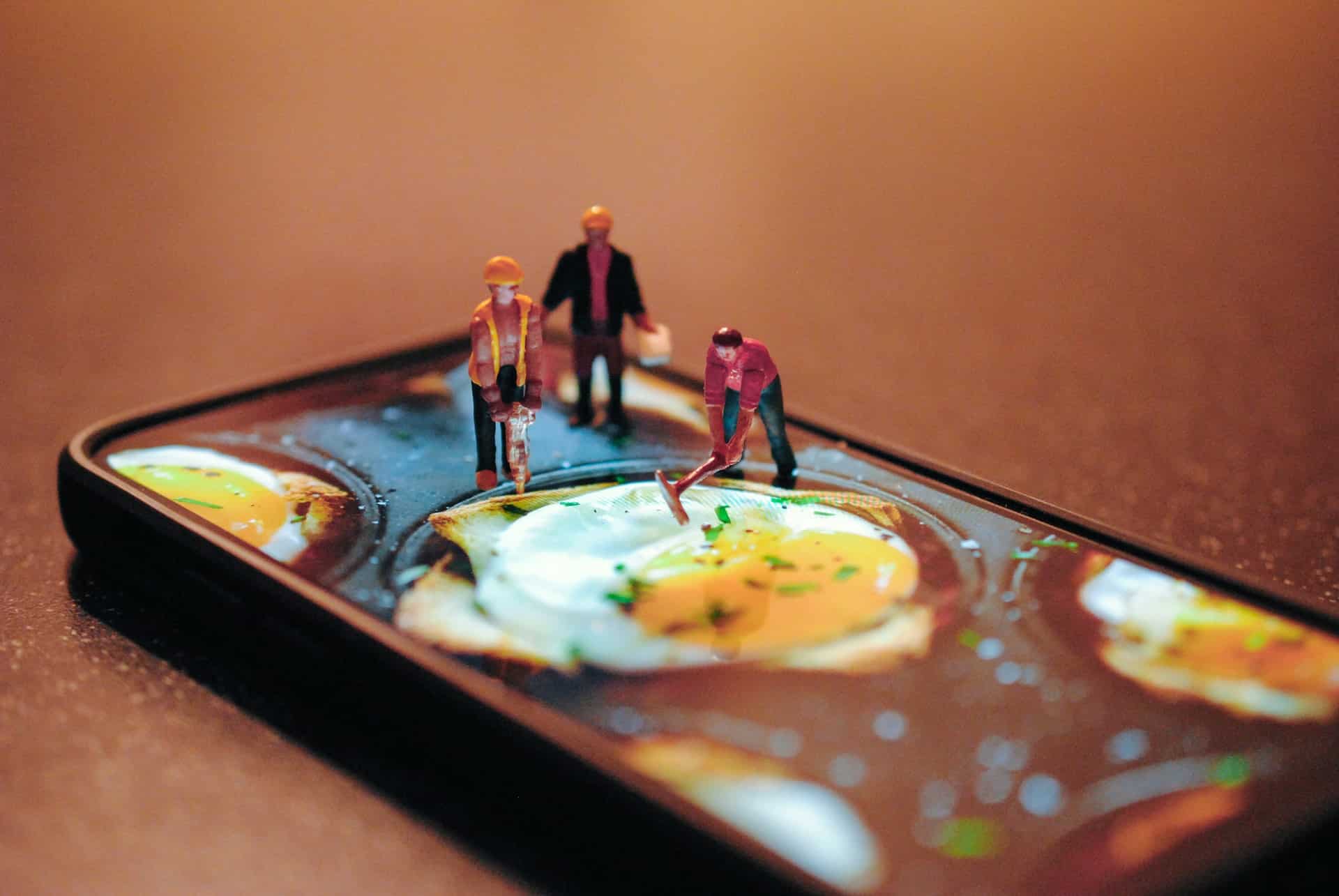1. Recycling plastic into vanilla…. ice cream?
Yes, you read that right. In the future, you might be able to eat vanilla ice cream, made from recycled plastic. The University of Edinburgh has found the solution do that: With the bacteria E. coli to be specific. It can be used to convert post-consumer plastic into vanillin. There still needs to be testing done in order to safely consume it. This plastic recycled vanilla could cannot only be used for food, but also for cosmetics or cleaning products. Stephen Wallace, a lecturer of biotechnology at the University of Edinburgh, said that these results pave the way for other studies in this new field of recycling.
This has been the first time that biology has been used to transform waste into a high-value molecule. Only about 11% of plastic bottles are recyclable and he University of Edinburgh hopes to increase this percentage with the help of their new findings. Additionally, there is quite a demand for vanilla: Globally about 37.000 tonnes to be exact. This kills two birds with one stone.
2. Recycling plastic with the world’s first enzymatically plastic bottles
L’Oréal, Nestle Waters, PepsiCO, and many more have already presented the first samples of enzymatically recycled plastic bottles. But how does this exactly work? The French company “Carbios” worked on this for the past 10 years. Basically, Carbios took an enzyme that naturally occurs in compost heaps that breaks down leaf membranes in dead plants. Carbios took this kind of technology and adapted it for plastic. The enzyme is able to break down any kind of PET plastic into its building blocks. The old plastic could become new plastic and instead of wasting or incinerating plastic, it gets recycled.
Additionally, this method could also help to reduce CO2 emissions. Carbio’s recycling process works under mild conditions. That could allow reducing the carbon footprint of PET waste treatment. This method could save about 30% of CO2 emissions compared to conventional incineration and landfill.

3. Turning plastic into foam
Biodegradable plastic sounds like a good idea, right? However, the problem here is that these kinds of plastics cannot be recycled. So the University Canterbury in New Zealand found a way to give these plastics a second life and still keep them biodegradable. They turned biodegradable plastic into spoons and forks made out of foam for a second usage. Another thing to consider is the fact that biodegradable plastic is still far from perfect: It may take months or years to break down and microplastics might still persist. This way of recycling can help to prevent biodegradable plastics to end up in landfills.
4. Recycling plastic into roads
Another way to make the best use of plastic is by turning them into roads. India is experimenting with plastic-tar roads since 2000. Implementing plastic into roads helps to reduce carbon emissions, make use of the plastic and increase the life expectancy of the road. But how does this work? Implementing the plastic is not as complicated as it may sound: The first step is to shred the plastic into tiny pieces. Next, the shreds need to be mixed with crushed stones and sand before everything is heated to about 170 degrees. This temperature is hot enough to melt the plastic. The melted plastic then coats the added sand and stones in a thin layer. Lastly, heated bitumen is added on top to solidify this mixture. The next step is to apply the mixture to the road.
This way of recycling plastic does not only help to make use of the plastic but also the durability of the roads. The plastic adds to the flexibility of the road, which makes it more resistant to potholes. However, these roads are still fairly young, so it is still unsure how long they will actually withstand any damage. Also, other parts of the world use plastic on their roads. For example, the Netherlands: The company PlasticRoad built the world’s first cycle road made of recycled plastic. Compared to the roads in India, they do not use bitumen for their mixture. They add recycled plastic and a thin layer of mineral aggregate.

5. Turning recycled plastic into bricks
To stay on the construction side of things, there are even more possibilities to recycle plastic. So-called Ecobricks are not just environment-friendly but they can also be easily made. But what are Ecobricks exactly? They are basically PET plastic bottles filled with clean and dry used plastic. You can put anything concerning the plastic waste you can find into the bottle as tightly as possible. Inside, the Ecobricks set density that creates reusable building blocks that binds plastic. The goal here is to reduce the net surface area of packed plastic. This way the plastic is secure from degrading into toxins and microplastics.
These Ecobricks come especially in Asian countries, like Malaysia, to good use. The UK dumps about 60% of the “recycled” plastic overseas and the waste pollutes the shores and streets. This initiative could help to tackle this problem and at the same time, the community is also able to build things from it. These bricks also enable the community to reuse them as building materials over and over as they will withstand a long time. Ecobricks even has an easy-to-follow guide on how to make one on your own.

Will these solutions play a bigger role in the future? Or are they just interesting concepts to recycle plastic? It is inspiring to see that people come together to collaboratively save the planet. We still have quite a road ahead, but if we continue to work together, we can make a difference. Only the future will tell where we are going, but hopefully towards a healthy planet.
Join our Strategy Groups!
You want to discuss more about this topic? Join our Strategy Group on Sustainability and continue the discussion on wethink.eu! Click the button below to register and to join our groups. If you are not sure how to do that, check out our FAQ page or contact us at info@wethink.eu.
Sources
https://sustainablebrands.com/read/chemistry-materials-packaging/l-oreal-nestle-waters-pepsico-suntory-unveil-world-s-first-enzymatically-recycled-bottles
https://www.euronews.com/green/2021/06/15/the-future-of-plastic-recycling-could-be-in-this-classic-ice-cream
https://www.intelligentliving.co/biodegradable-plastic-into-foam/
https://www.bbc.com/future/article/20210302-could-plastic-roads-make-for-a-smoother-ride
https://www.fastcompany.com/90647727/scientist-just-turned-plastic-bottles-into-vanilla-flavoring
https://resource.co/article/network-rail-introduces-recycled-plastic-railway-sleepers
https://www.ecobricks.org/what/
https://www.azocleantech.com/article.aspx?ArticleID=1054





